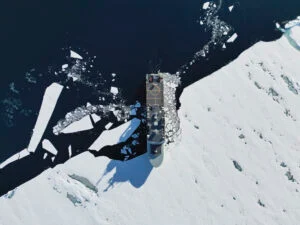
People & Culture
On thin ice: Who “owns” the Arctic?
As the climate heats up, so do talks over land ownership in the Arctic. What does Canadian Arctic Sovereignty look like as the ice melts?
- 4353 words
- 18 minutes
This article is over 5 years old and may contain outdated information.
People & Culture
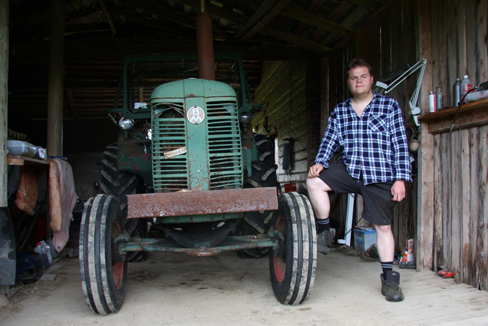
The plan was to walk as much of the Arctic Circle as possible from Norway through to Sweden. Turns out, although there are tons of inviting trails, that is much easier to do in theory than it is in practice.
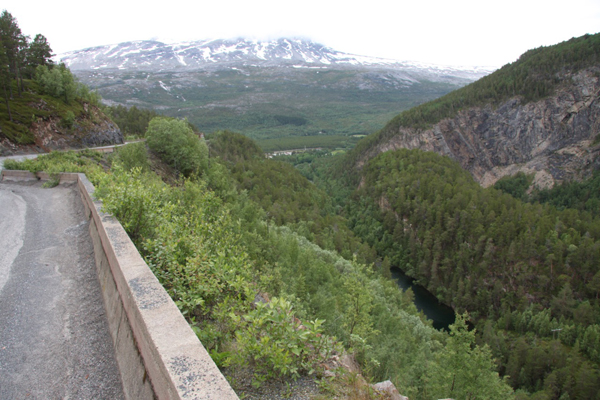
So we do day hikes from parking lots here and there as we make our way up Norwegian Highway E6 to 77 and then criss-cross the Arctic Circle through the mountains on mostly all weather roads to the town of Jokkmokk, Sweden.
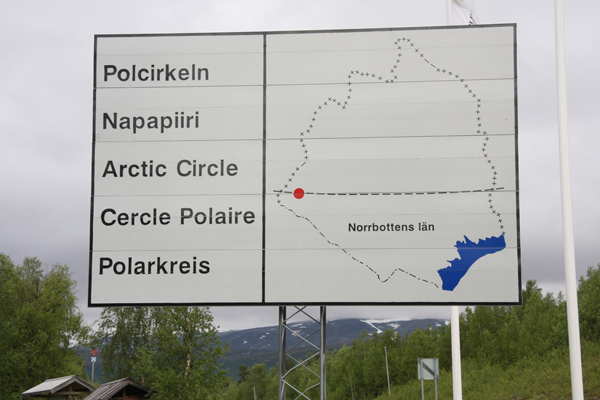
Heading east, in one of the more level arable patches of land near the ghost town called Kuouka, we meet a young man called Daniel Ohlsson who invites us in for tea in the farm house where he lives alone.
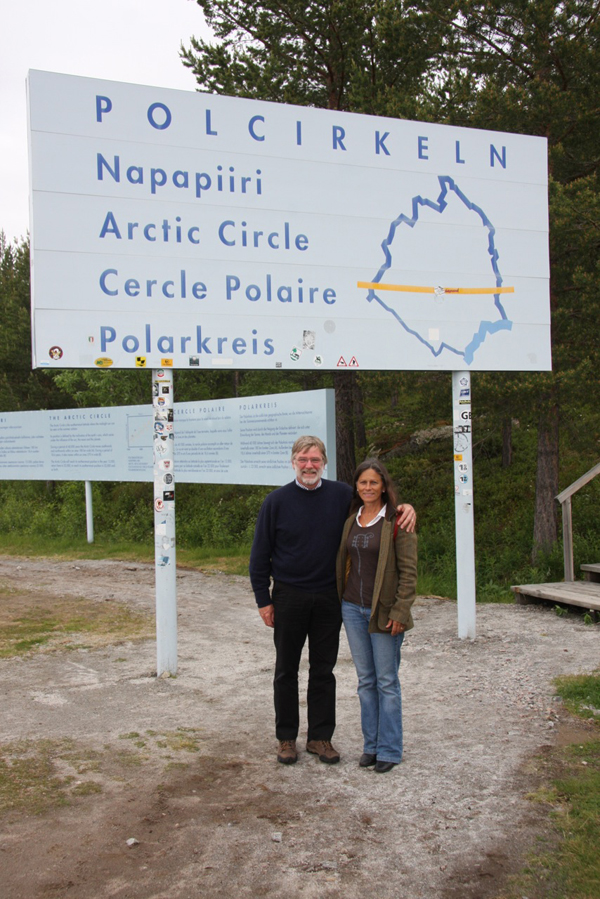
Turns out the Arctic Circle runs right through his kitchen. However, in spite of any ice and snow Arctic imaginings we might have brought from Canada, with his grandparents’ first generation phonograph records from the 1930s playing big band music through a wooden needle on an old Victrola playing in the background, he told us of his dreams to revive market gardening and hay cropping on the old farmstead.
He might have Sámi blood in him, maybe way back, he’s not sure. But he does know that there is reindeer meat to be purchased over the kitchen table from local Sámi still in the reindeer business, for about $9 CAD per kilo.
After our visit, I ask we might take his photo in one of his favorite spots on the farm … where else than beside his “new” pride and and joy, a 1953 BM Volvo tractor he’s been fixing up.
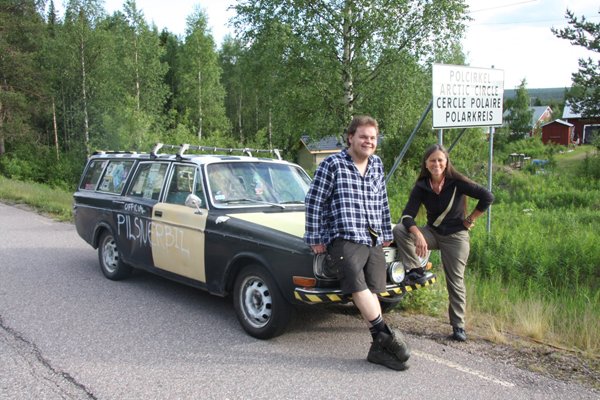
His all-purpose vehicle for getting to and from his work at a Jokkmokk garage is the “Official Pilsnerbil” (beer wagon), a ’68 Volvo wagon with extra headlight for dodging reindeer when the days get long.
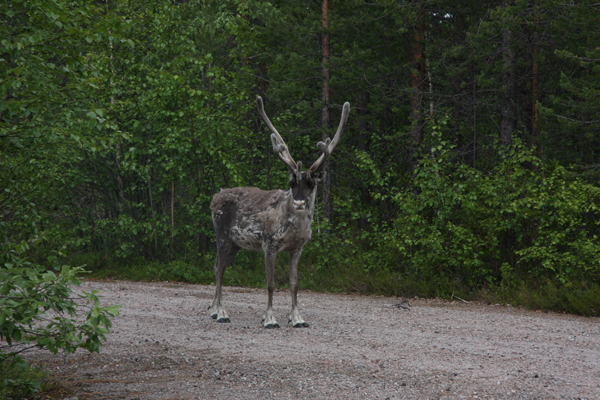
Reindeer on the road around every precipitous corner indicate that by now we are in the heart of Sápmi, the cultural region inhabited by the Sami. In fact, we’ve come here to catch the tail end of an annual international conference called Indigenous Terra Madre hosted by local Sámi groups.
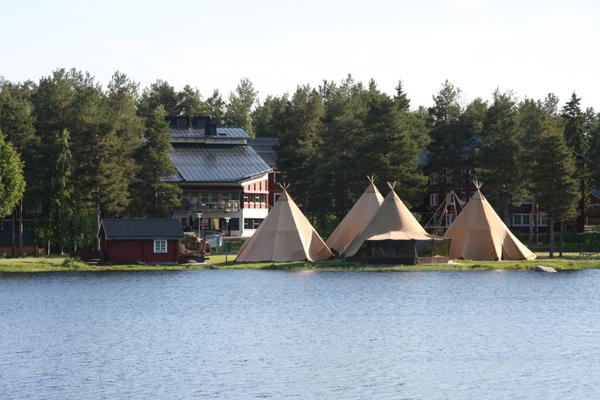
It’s a fascinating non-governmental gathering with representatives from “food communities” around the world happening in tents behind Hotel Jokkmokk on the banks of the river Lilla Luleälven. Indigenous leaders have come together to talk about the creation of “Food Sovereignty Areas,” meaning areas that could/should be set aside for the cultivation of cultural significant foods (like reindeer in Sápmi) which are essential to building sustainable futures for indigenous peoples of the North and elsewhere. There is a relaxed but nevertheless insistent tone in the air as they craft a communiqué on day three of the conference. A last minute sweep for consensus softens the Jokkmokk “Manifesto” to The Jokkmokk Agreement, and everyone goes away more determined than ever to fight for their rights on ancestral grounds.
Read the full version of the Jokkmokk Agreement here.
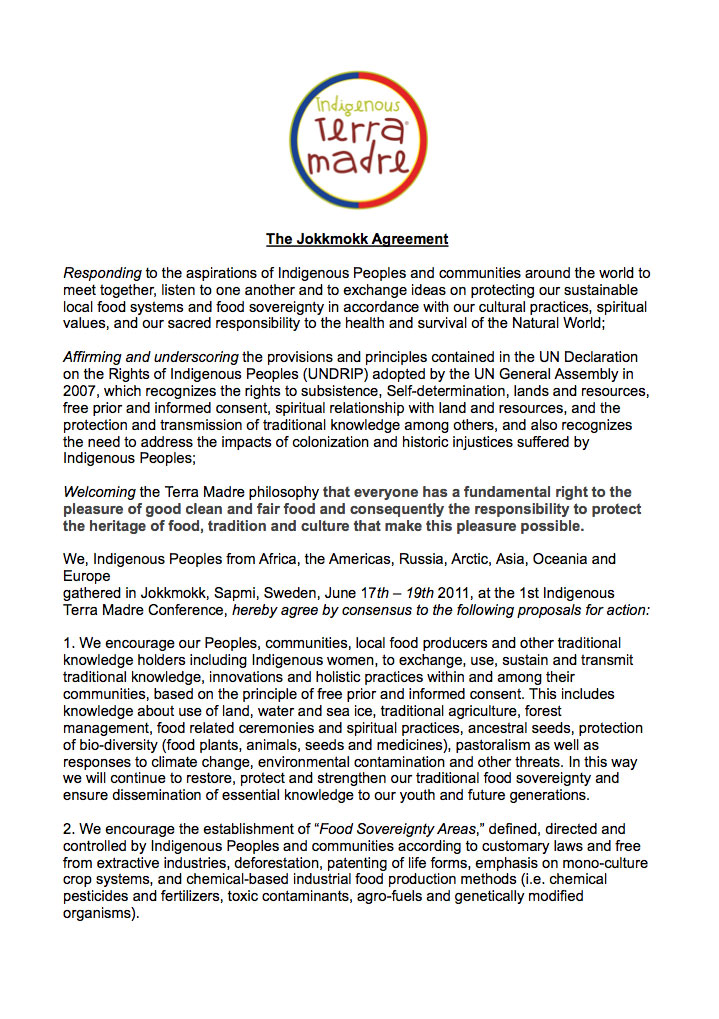
Are you passionate about Canadian geography?
You can support Canadian Geographic in 3 ways:

People & Culture
As the climate heats up, so do talks over land ownership in the Arctic. What does Canadian Arctic Sovereignty look like as the ice melts?
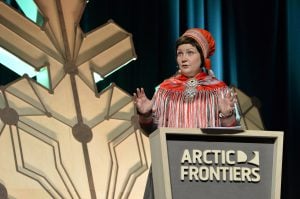
Environment
The uncertainty and change that's currently disrupting the region dominated the annual meeting's agenda
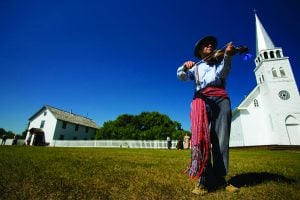
People & Culture
The story of how a critically endangered Indigenous language can be saved

People & Culture
A century after its creation, the RCAF is evolving to create space for Indigenous youth